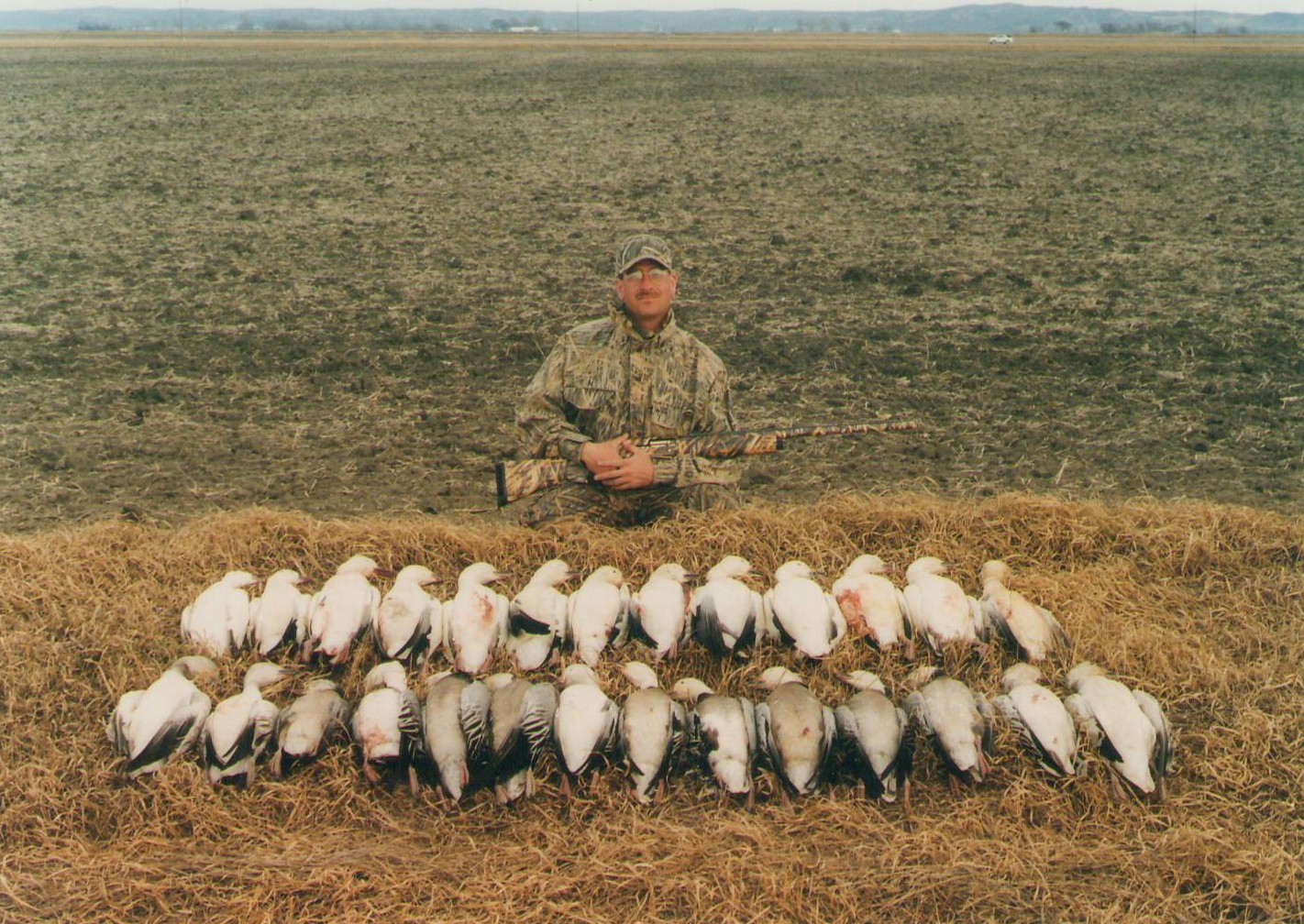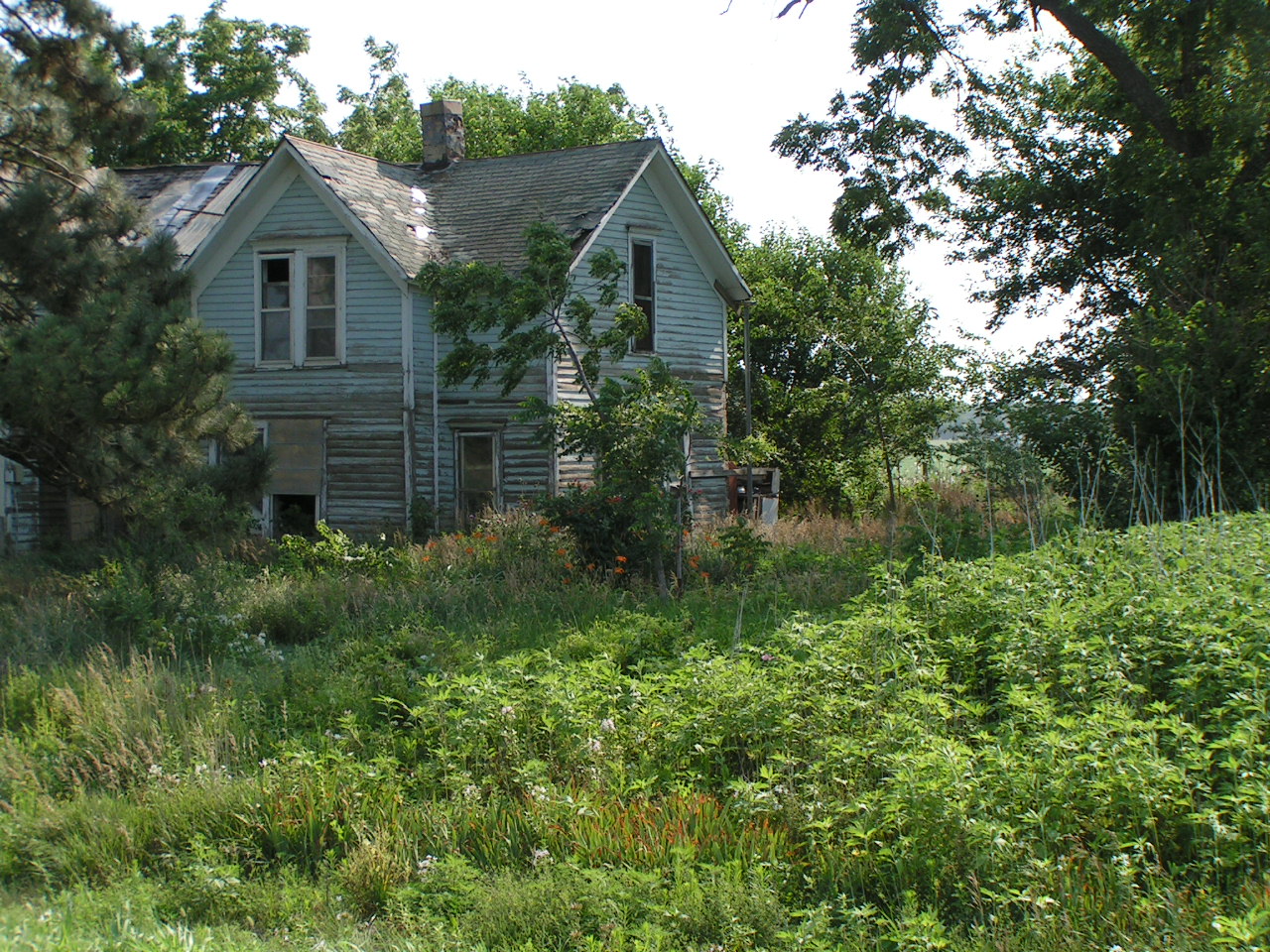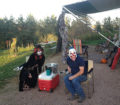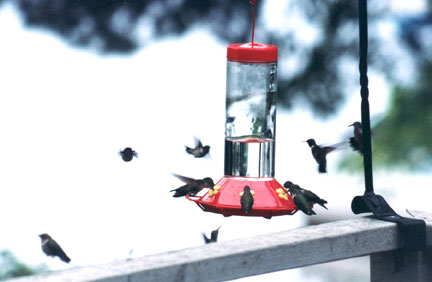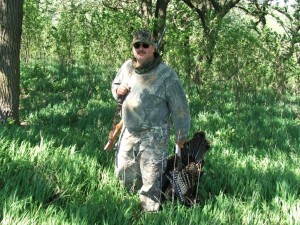
Concealment is crucial to a turkey hunter’s success. Sunlight does strange things to ones cammo. Even the best camouflage clothing will stick out like the proverbial sore thumb when the sunlight hits it just right. When still hunting, or stalking turkeys keeping yourself in the shadows will eliminate the “shine factor”.
Turkey season in Iowa kicks off April 7th with the youth season and runs until May 20th, with the conclusion of the 4th shotgun season. In the interim it is predicted that close to 10,000 turkeys will meet their demise at the hands of Iowa hunters.
Iowa is populated with the Eastern sub-species of wild turkey. Easterns are the largest, and the wiliest. Due to the habitat availability in Northwest Iowa, most hunters are delegated to hunting public ground, and mostly the wooded areas of the Loess Hills. With the added hunting pressure Loess Hills turkeys have seem to become even wilier.
Traditional methods of putting out a decoy and calling will work, under certain circumstances. If conditions, and the bird, are just right, traditional tactics work fine. But what I have found over the past several years is that the public ground birds have become quite decoy shy. Strange how walking up to a decoy, then getting shot at will do this to a turkey!
They seem to have become unresponsive to calling also. I think this is due to the high concentration of birds found in the Loess Hills. Even the best callers will have a difficult time drawing a Tom off of a “real” hen.
It’s almost like loess Hills turkeys have become a breed of their own.
According to the Iowa DNR turkey hunter success rate in Iowa generally runs about 50% to 60%. It seems to run a little less on public ground. Over the last ten years my brother and I have exclusively hunted public ground and have developed a tactic that has us seeing a combined success rate of about 90% to 95%.
The main ingredient in our tactic is patience!
We generally like to hunt the edges of the crop fields that run up to the timber. Take any given field in the Loess Hills and you will see turkeys. But some areas have a more likelihood than others. It seems turkeys have preferred areas to feed or dust off. It takes a lot of pre season scouting to find one of these preferred areas. Once your area is located, sit and wait. And then possibly wait some more. If your scouting is right it is only a matter of time before a turkey will come out into the field. It seems turkeys like to come into an open field on the higher ground, but not always. Again, lots of scouting of a field will give you a good idea as to where they might show up.
The problem is the turkey will generally come out in a different part of the field from where you are set up, and out of range. This is where even more patience is required. Turkeys very seldom sit still for very long. Given enough time the Tom will probably work his way over to you, sometimes not. If the turkey does disappear into the timber he will most likely come out again later. That is if nothing spooked him out of the field.
This is an instance where the use of a decoy and calling can be helpful. You might be able to get the already present bird to come over to your location. Because of the seemingly decoy shy nature these birds have developed I very seldom put the decoy right by me. If a tom does respond to the decoy it seems most of the time he will make a wide 60 yard, or so, swath around it. If your decoy is 80 yards away from you when a Tom makes his decoy shy swath it might bring him right by you. Sometimes no decoy is best in these circumstances. Light calling may make the Tom come look for you.
If there are hens in the field when a Tom comes out, you are just basically screwed. Again, even the best callers can’t pull a tom away from real hens. Even in this circumstance patience can still pay off. As the hens feed about the field the Toms will generally follow. I have bagged a lot of Toms that followed feeding hens past my location.
Tom or Jake decoys can sometimes reap good results when implementing a waiting game tactic. It seems whenever you have a Tom already in a field when another ones shows up, they will end up together. This almost always happens when it is later in the season and the hens are unresponsive to breeding. My brother has killed Toms that would show up in a field 200 yards away and just charge at a Jake decoy.
Regardless if you use a sit and wait, or a traditional spot and stalk tactic this spring turkey season your success depends on time spent in the field. I’ve never met anyone who ever killed a turkey sitting on the couch!

